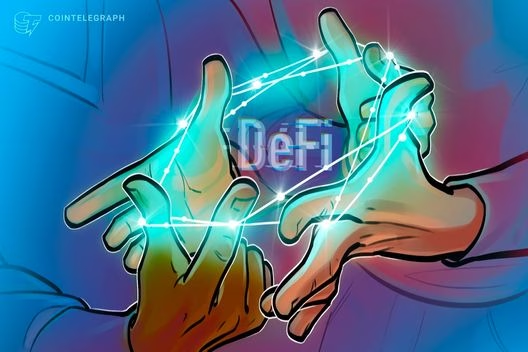Opinion by: Jean Rausis, co-founder of SmarDex
Decentralized finance (DeFi) began with a clear vision: to enable a global, permissionless financial system built on peer-to-peer (P2P) transactions, free from the constraints of traditional finance (TradFi).
Early decentralized lending platforms embraced that vision by connecting lenders and borrowers directly, allowing them to negotiate their terms without TradFi’s rigidities.
Unfortunately, over time, most of these DeFi protocols drifted away from this ethos, abandoning true P2P interactions instead of relying on liquidity pools, external price oracles and heavily automated market makers (AMMs).
These structures have unlocked liquidity, but at the cost of user control, transparency and exposure to so-called “oracles” that can be centrally overridden. Today’s users are boxed into preexisting liquidity pools, often with little say over which collateral assets they can use or what risk profiles they want to take.
Worse still, even the so-called DeFi leaders don’t follow the most basic principles of decentralization. The recent Hyperliquid exchange exploit made that painfully clear when the platform broke a major taboo by manipulating its oracle’s value. In the fallout of the exploit, its total value locked (TVL) fell from $540 million to $150 million.
It seems clear that DeFi has lost its way. To move forward, it actually needs to go back to where it all began.
The P2P promise
When DeFi first captured mainstream attention, P2P lending was its bedrock. Rather than parking assets in a bank or centralized exchange (CEX), people could lend directly to one another and agree on terms like collateral type and interest rate, all enforced by smart contracts. It was a breakthrough in transparency and trustlessness, but as demand for liquidity grew, its developers shifted toward pooled systems.
Liquidity pools aimed to streamline the lending process and improve capital efficiency, and they did. Borrowers gained instant access to funds, and lenders could earn passive yield without waiting to be manually matched.
While liquidity pools were undoubtedly groundbreaking, they still lack one of the most significant potential selling points of DeFi: the promise of a genuinely independent P2P system. Because in a pooled system, people could no longer set their own terms — they were, once again, constrained by a rigid system.
DeFi had strayed from the P2P ideals on which it was built. As newer DeFi protocols forget…
Click Here to Read the Full Original Article at Cointelegraph.com News…
